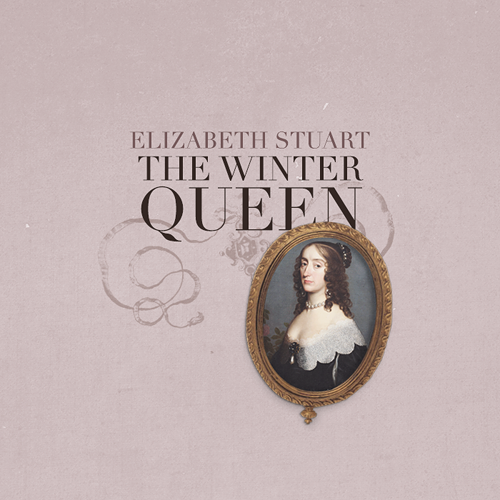metamorphoses of goddesses: elizabeth stuart (1596–1662) When Elizabeth I had breathed her las
metamorphoses of goddesses: elizabeth stuart (1596–1662)When Elizabeth I had breathed her last, and England was inherited to James VI of Scotland, he lost no time in disgusting his subjects with his ungraceful appearance and ungentlemanlike manners. His Queen and her children, on the other hand, excited the interest and admiration which James himself failed to create. Among the children, Elizabeth had, in her name and her fairy vision, a passport to the hearts of the English people, by whom the memory of their late queen was held in reverence.Possessing a remarkable degree of quickness, vivacity, and observation, together with the wit and wisdom as his dear brother Henry, Prince of Wales, Elizabeth inherited both beauty and frank manners from her unfortunate grandmother, Mary, Queen of Scots. Had the Gunpowder Plot of 1605 been successful (in blowing up James and his sons), the conspirators had intended to kidnap Elizabeth, have her crowned, and bring her up as Catholic. “What a queen should I have been by this means!” she said when told of the plan, “I had rather have been with my Royal Father in the Parliament House, than wear his crown on such condition.”“The Pearl of Britain” was so cherished by the people that a prince, Frederick V, Count Palatine, was considered to be too humble of a match for Elizabeth. It was expected for princes and princesses to make dynastic marriages, however theirs was a genuine love match, and enjoyed six years in Heidelberg, the prince renovating the castle for his wife, adding a suite of ten rooms, “the English Suite”, and Electress’s passion for animals found expression in a monkey-house, and a generously proportioned menagerie, and the Hortus Palatinatus, the palace garden, famous throughout the Continent. (Elizabeth would later be remarked frequently of spending more time with and favouring her animals — her monkeys and her dogs — than her own children.)After the defeat of Frederick V at the Battle of White Mountain in November of 1620, and losing all the prospect of returning to the Palatinate lands, Elizabeth and Frederick were offered a court on exile in the Hague, in 1623. After the death of her husband in 1632, Elizabeth received an invitation from her brother Charles to return to England, however she declined, claimed she would rather travel home when not in mourning, and mentioned that the rights of her son, and Frederick’s “heir Charles Louis remained to be fought for”. (However, in return, Charles Louis was to prohibit his mother from returning to Palatinate after regaining the Electorate in 1648). Elizabeth returned to England in May 1661, nearly half a century later after departing with girlish optimism for married life with Frederick V. She had been bitterly disappointed by her son, Charles Louis’ attitude to her, declining to pay for her debts during her decades in exile, even refusing to retrieve her jewels from pawnbrokers — and in return, Elizabeth bequeathed her debts to Charles Louis in her will, and all her remaining assets to Prince Rupert.— Prince Rupert: The Last Cavalier, Charles Spencer— Memoirs of Eminent Englishwomen, Louisa Stuart Costello— Memoirs of Elizabeth Stuart, Elizabeth Benger -- source link
Tumblr Blog : mistresseswholunch.tumblr.com
#elizabeth stuart
